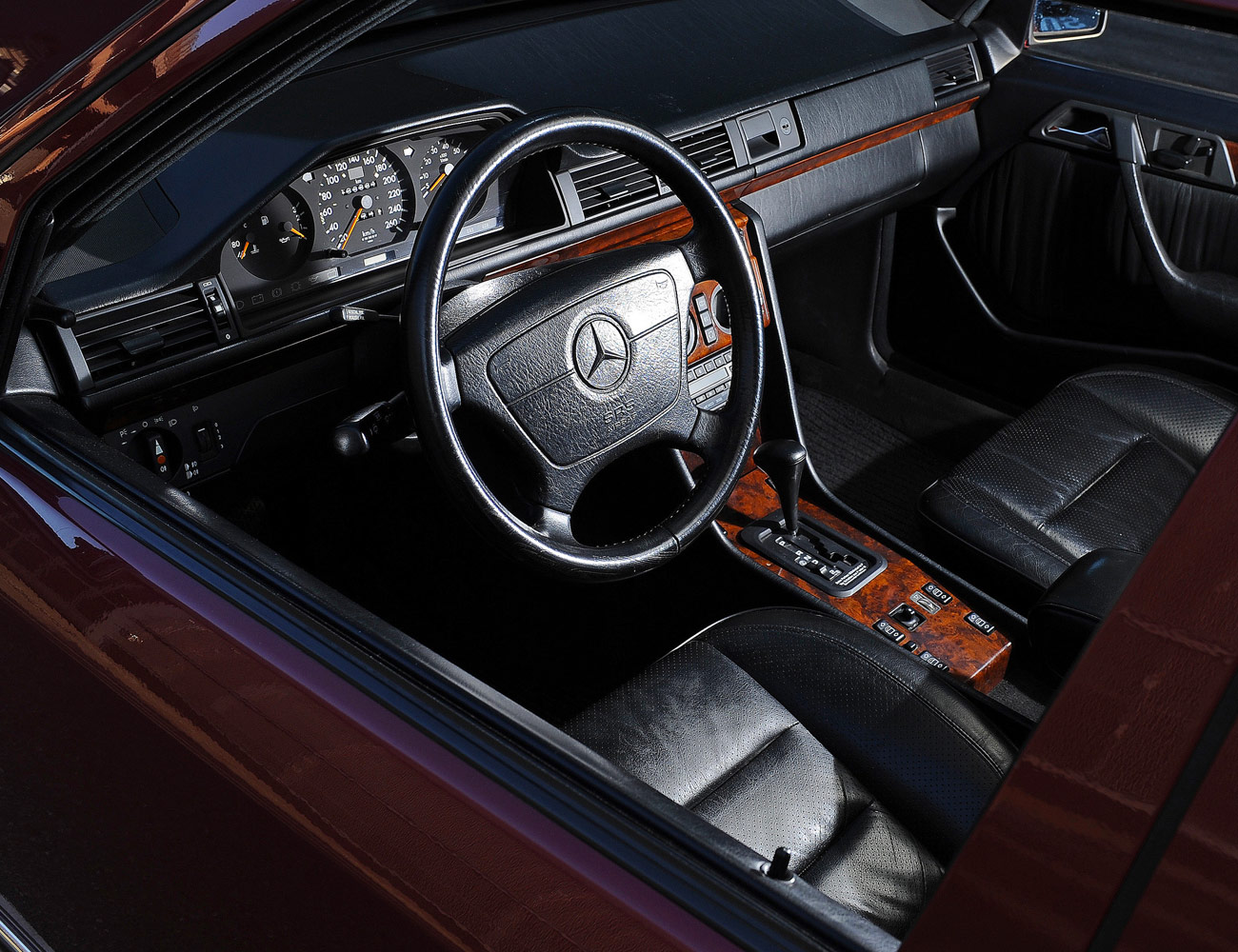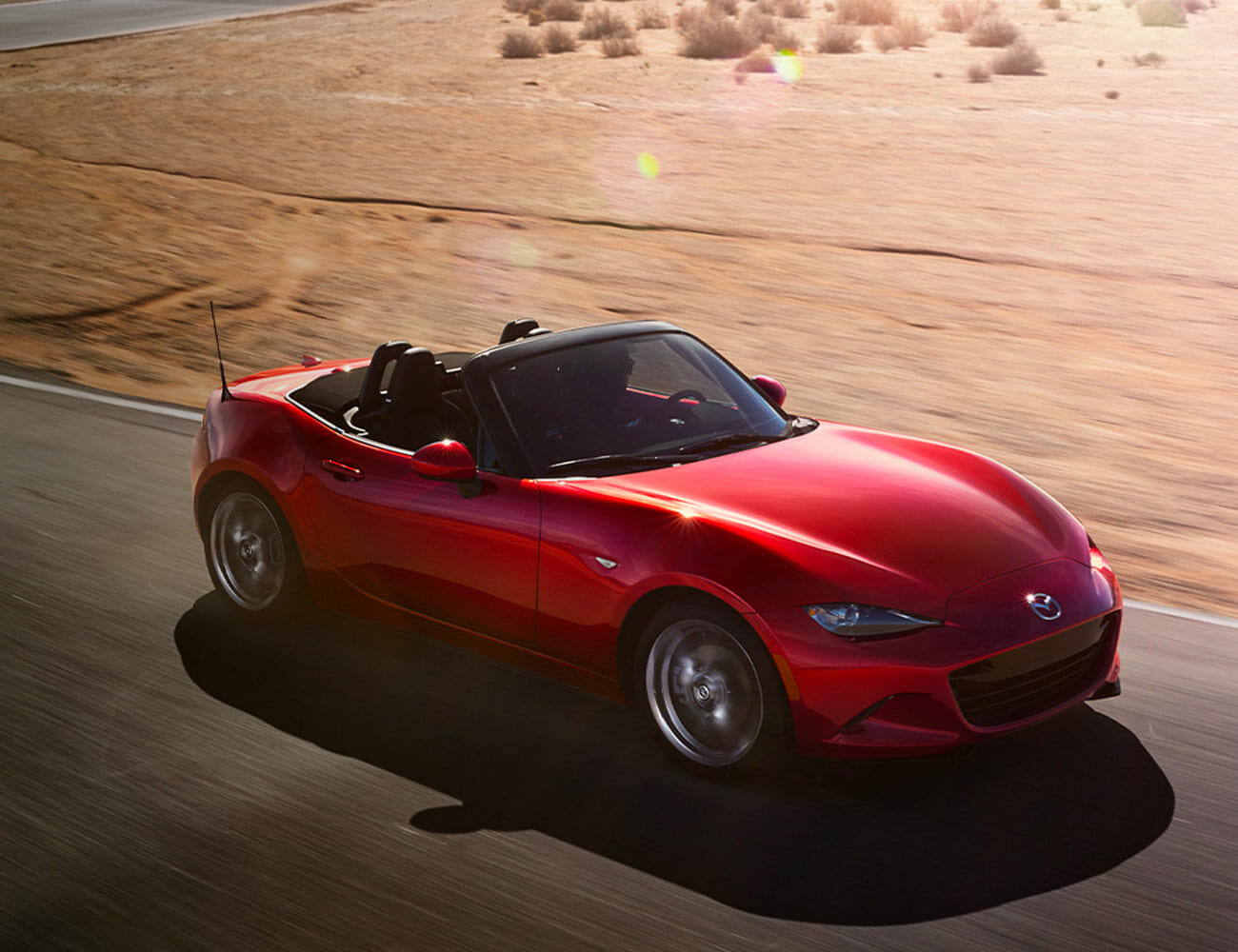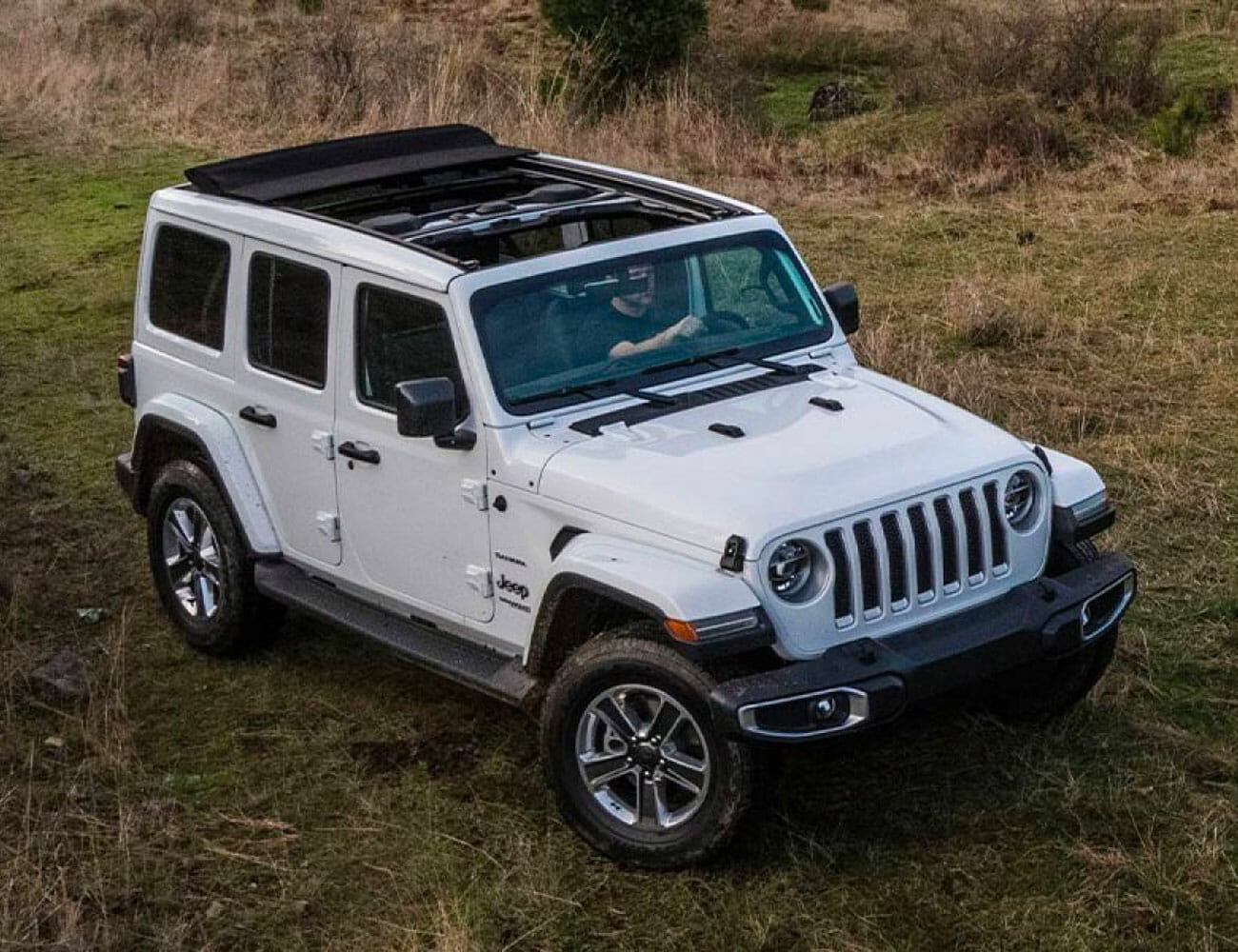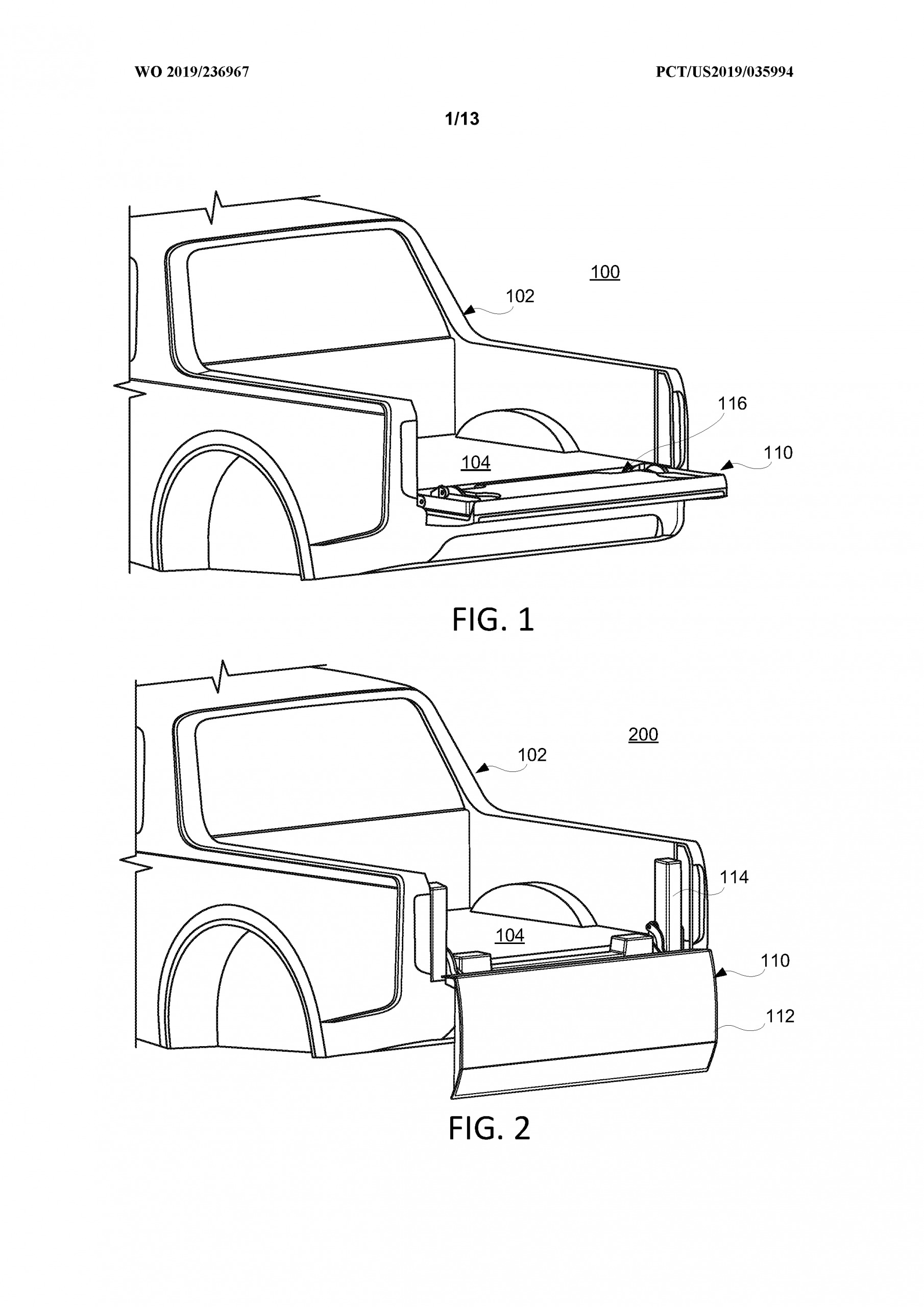When I say “Mercedes,” I’m willing to bet that a Platonic ideal pops into your head. I can’t get inside there and take a look, but it’s probably a boxy sedan — one that looks awfully similar to the Mercedes-Benz model known internally as the W124, built from 1985 to 1995 — the progenitor of the E-Class.
It’s neither sporty nor menacing, and it was anything but rare; Mercedes built more than 2.7 million of them. Car enthusiasts respect the W124, ut it’s not particularly valued, even with Radwood-era nostalgia raging to the point of disbelief. Only one variant of the W124 — the E500 that Porsche had a hand in building — has sold for more than $40,000 on Bring a Trailer.
But here’s the thing about this most anonymous and ubiquitous of Mercedes-Benzes: it’s one of the best cars the German brand has ever made.
The early ’80s were a different time at Mercedes. BMW and Audi weren’t the luxury competitors they are now, and Lexus did not exist. Mercedes produced cars with a much longer shelf life than most new vehicles today, and people paid handsomely for the privilege – a Mercedes 300E in 1986 retailed for the modern equivalent of more than $80,000.
![]()

As such, Mercedes could afford to let their engineers go hog-wild building the ultimate sedan with the W124…and they did. It was as obdurate and indestructible as a Toyota, a versatile jack-knife in the Mercedes lineup, and the basis for some of the brand’s most legendary performance cars. Mercedes hasn’t built anything quite like it since.
You Couldn’t Kill a W124
Top Gear once memorably tried to kill a Toyota Hilux, but it was that show’s rival program Fifth Gear that attempted a similar feat with a used W124 Mercedes 300 TE wagon. It survived being flooded, and took an artillery shell to the rear door that left the front door mostly intact. The hosts eventually placed explosives in the engine bay as a final send-off…but while the hull of the car was a burned-out wreck, the explosion only destroyed the electrical components. The car still could have been revived.
Or, to put it another way: there’s a reason the W124 was the preferred choice for Belgian armored vehicle manufacturer Carat Duchatelet before they branched out into Land Cruisers and other luxury SUVs.
W124s, if well-maintained, have been known to last pretty much forever. One-million-mile cars? W124 diesels have lasted for more than two million. If you find the details of a W124’s demise on a message board, it’s likelier to be an accident and insurance write off than a fatal flaw with the car.
That isn’t to say W124s are obsessively reliable, as owners will attest. They were complicated machines with knotty electrical gremlins. Maintenance isn’t cheap, and later 1990s versions had corrosion issues with water-based paint. Those cars also had bio-degradable wiring, which degraded far quicker than engineers intended. But if you’re willing to invest the resources, a W124 will not let you down.
The W124 could do just about everything
Luxury crossovers mostly weren’t a thing in the 1980s and early 1990s, but the W124 chassis adapted itself to pretty much anything Mercedes wanted to throw at it. Besides the standard sedan, there was a longer-wheelbase limousine version and a shorter-wheelbase coupe. Mercedes offered the W124 as a convertible, and uit also became an eminently sensible station wagon for families, with third-row seating and room for seven.
Powertrains? The W124 housed both gas internal combustion and diesel plants, and used both manual and automatic transmissions. At various points, it had a 2.0-liter inline-four, a 6.0-liter V8, and just about every internal-combustion variant between.


Plus, it was the first production car fitted with Mercedes’ 4Matic all-wheel-drive cycle. If a W124 couldn’t do it, you likely needed a G-Wagen — which at that time was a specialized European military vehicle.
You’ve probably heard of two famous W124s
The W124 didn’t look sporty, but it shared many components with the W201 Mercedes — one of which was the iconic 190E Cosworth. The W124 was one of the most aerodynamically advanced vehicles of its time, and it served as the basis for perhaps the two most storied Mercedes on-road performance vehicles of all-time.
AMG, before it became an official division of Mercedes, built the AMG 300E, better known as “the Hammer.” For the first ones, AMG took V8 engines from the S-Class apart and rebuilt them into the W124 chassis. Their resulting product was a 375-horsepower missile that could take on the best efforts from Porsche and Ferrari — after the kids were safely deposited at school, of course. AMG’s 300E could accelerate to 60 mph from a standstill in 5.0 seconds –which qualified as missile acceleration in the 1980s — and hit a top speed north of 190 mph, which remains impressive.
The other heavy-hitter from the W124 lineup was the aforementioned Porsche-influenced car, the 500E. Mercedes wanted a V8 version of the W124 sedan, and commissioned Porsche to figure out how to do it. The solution included wider fender flares, which made the 500 E too big to produce on the Mercedes line — so Porsche ended up building it in Zuffenhausen. It’s an incredible backstory, and also one that ends up driving the price.
Note: Purchasing products through our links may earn us a portion of the sale, which supports our editorial team’s mission. Learn more here.
Tyler Duffy is Gear Patrol’s Motoring Staff Writer. He used to write about sports for The Big Lead and The Athletic. He has a black belt in toddler wrangling. He’s based outside Detroit.
More by Tyler Duffy | Follow on Facebook · Instagram · Twitter · Contact via Email



















































